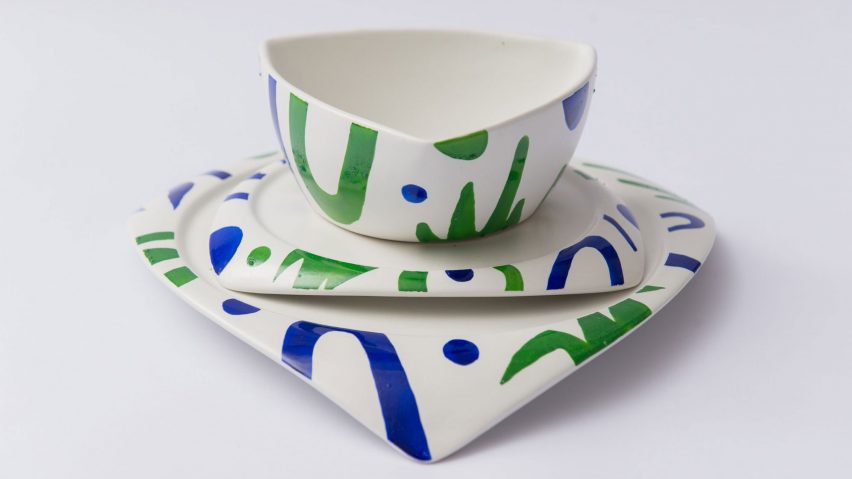
Eight eye-catching projects by Bucharest-based designers on show at Romanian Design Week
This year's Romanian Design Week featured a wide range of projects, from colourful book design to carefully crafted ceramics. Angel Trinidad picks eight of the best projects on show from local designers.
Dezeen is media partner for the sixth edition of Romanian Design Week, which took place in Bucharest from 18 to 27 May 2018, in the art-deco Bucharest Telephone Palace and other studios and shops across the city.
The event featured over 150 projects from more than 100 of Romania's emerging designers, with particular strength in graphic design and illustration. Ceramics were also a highlight, with many exhibiting the "clumsy, simple but honest" style that characterises Romanian design.
Here are eight of the best things on show:
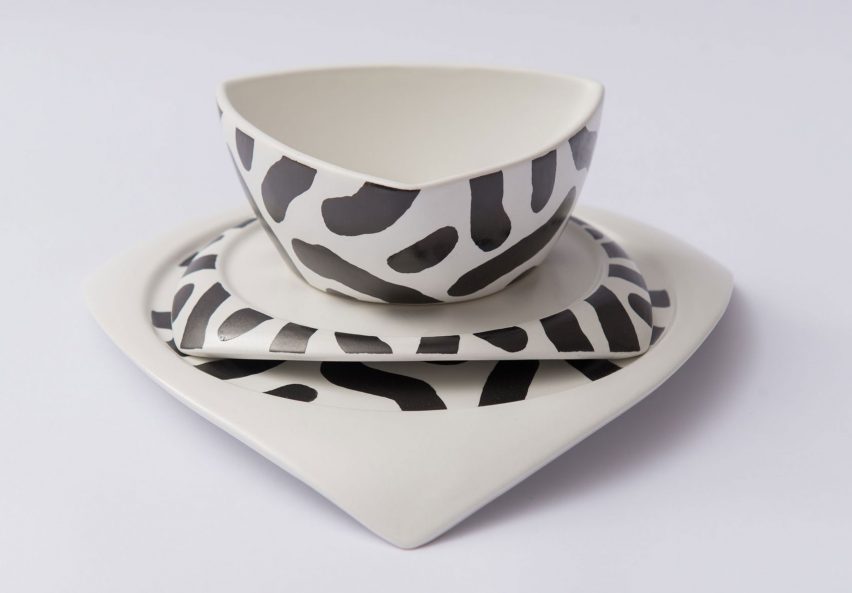
Flying Saucers by Kitra and Ubikubi
The enigmatic Kitra is a multi-disciplinary artist exploring illustration, toy design, street art and graphic design. His distinct visual style features the joyful use of primary colours and playful, abstract minimalist shapes which call out to be experienced, and not explained.
At Romanian Design Week, he is showing a set of limited-edition painted plates designed to look like UFOs, made in collaboration with Romanian design brand Ubikubi.
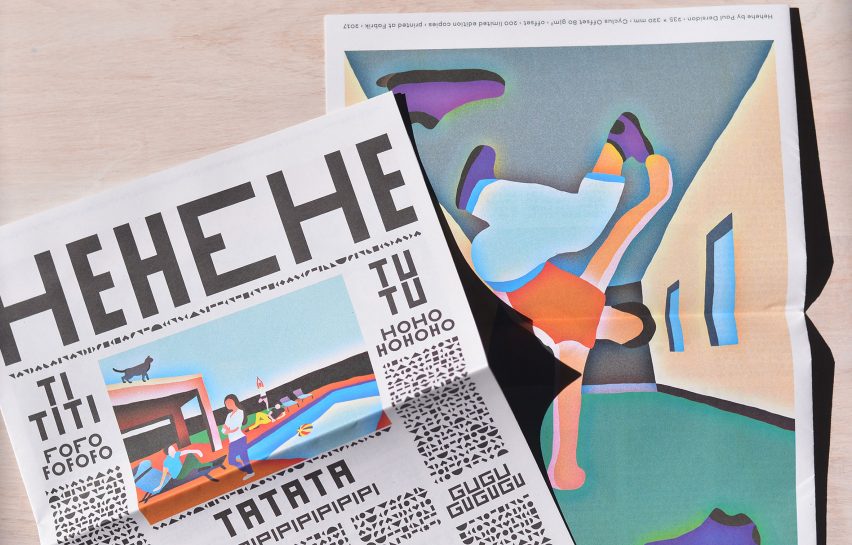
Hehehe by Paul Dersidan
The eye-catching design and bold typography of fake-news newspaper Hehehe was created by Paul Dersidan, a graphic designer and art director from Bucharest, although he is currently based in Berlin.
The project questions the credibility and quality of editorial design, at a time when most people take beautiful visuals and clean layouts at face value. Dersiden uses a rich and balanced combination of colours, typography and textures to make information memorable, and uninterrupted columns to inspire integrity and confidence.
"We've grown to see editorial design as a guarantee for legitimate journalism," the designer said.
"But what if the trash-journalism publishers start adopting the visual language of credible journalism to their print information? What if the editorial design starts being used to make the lies as pretty as the truth?"
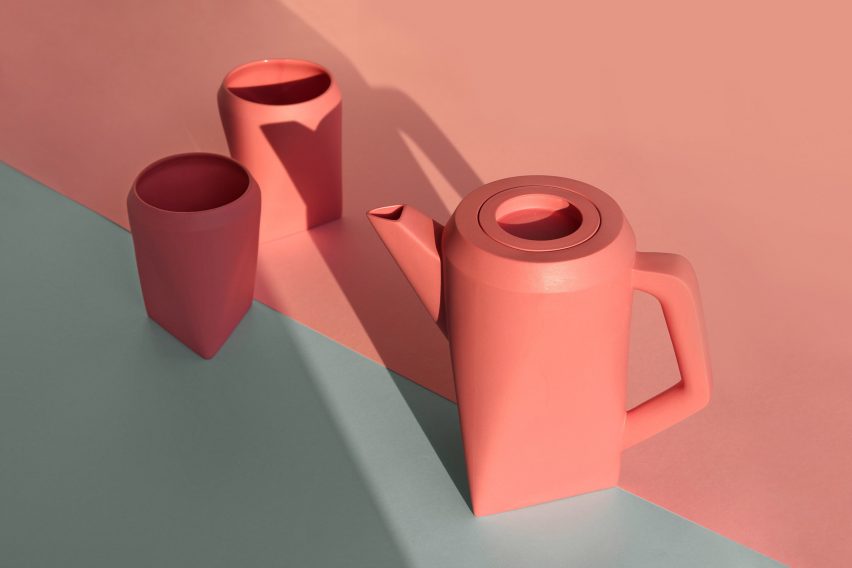
Malevich tea set by Ceramic Sparrow
Ceramic Sparrow was founded in 2010 by designers and ceramists Andreea Lazarescu and Tiberiu Dancila. The duo create decorative and household objects, drawing on various art and architecture movements, including art nouveau and modernism, and the works of Koloman Moser, William Morris and Masahiro Mori.
The Malevich tea set was designed to reference by the suprematist works of avant-garde artist Kazimir Malevich.
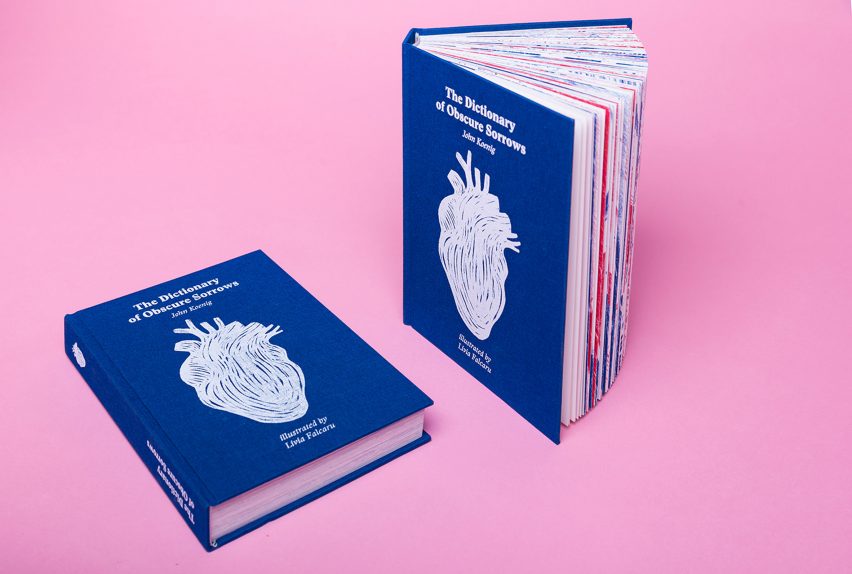
Dictionary of Obscure Sorrows design by Livia Falcaru
Visual artist and graphic designer Livia Falcaru created the illustrations for The Dictionary of Obscure Sorrows, an emotional compendium of 83 words invented by John Koenig. The book contains neologisms – newly created words – to try to define feelings and emotions that we don't have a word for yet. An example is "mimeomia", the frustration of knowing how easily you fit into a stereotype, even if you never intended to.
Using a restrained colour palette and definitive strong lines, the artist tried to capture the intensity of these hard-to-define emotions.
"One of the difficult parts in creating the illustrations was actually finding a visual way to represent such subjective feelings," the artist said. "I had to make myself feel all those emotions and find a way to express them as accurately as I could."
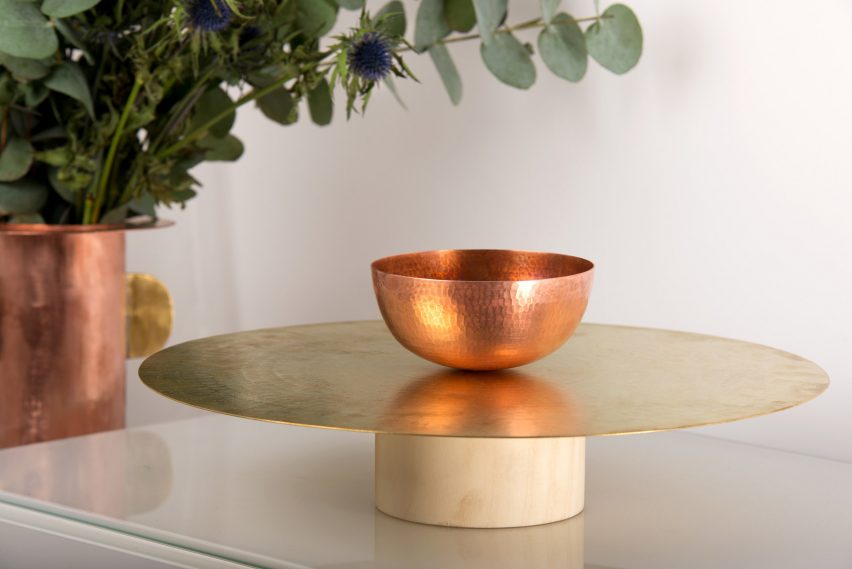
Contrasts by Mesteshukar
Mesteshukar ButiQ (MBQ) is a Bucharest-based network of social economy enterprises and craftsmen promoting traditional Roma craftsmanship while bringing in contemporary designers to develop collaborative projects.
The initiative also aims to change attitudes towards the Roma and provides an opportunity to help families who live in poverty. For Romanian Design Week, they created a collection of copper vases designed by Radu Abraham and produced by three traditional craftsmen – Radu Ion, also known as Nevers (silversmith), Victor Clopotar (coppersmith) and Angelica Papalet, also known as Strugurel (woodturner).
Each piece sold by MBQ directly generates income for the craftsmen involved in the network.
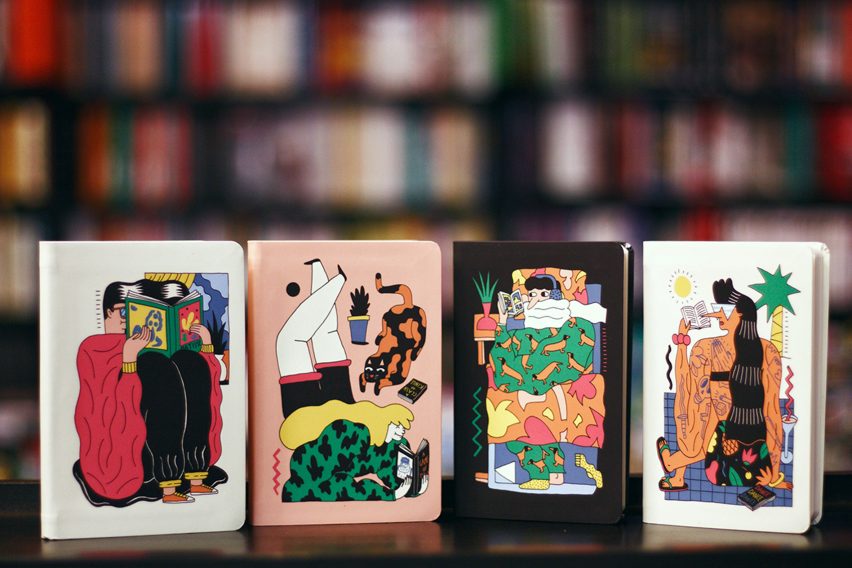
Notebooks by Saddo & ROD Carturesti
Contemporary artist Saddo created quirky illustrations for ROD Carturesti. The brand, by the Carturesti chain of bookstores in Romania, produces a line of design objects and stationery which highlights and promotes contemporary Romanian designers and illustrations.
Saddo's work is inspired by hip-hop and urban culture, as well as Rousseau, Bosch and Walton Ford’s lush worlds. This unique fusion of vibrant colour and edgy atmospheres are seen in a set of notebooks created for ROD Carturesti, featuring four different characters reading books in peculiar situations and weird positions, signifying the diversity of how people enjoy reading.
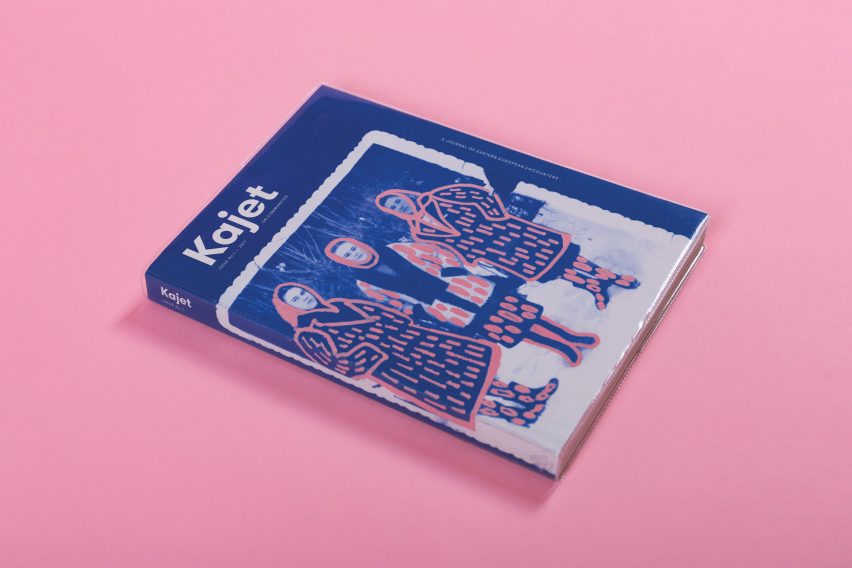
Kajet design by Alice Stoicescu
Kajet is a printed journal of Eastern European encounters which aims to move beyond a purely anecdotal understanding of the region and its culture. The eye-catching design was created by Alice Stoicescu, a self-taught graphic designer.
The designer used references to the region's history in creating a strong visual identity for the independent publication. Slanted columns "hint at the Iron Curtain and the influence it continues to have", while caption text boxes break up bodies of text "like blocks of flats breaking up the urban landscape in the communist time."
For the slipcover, she did a re-work of artist Anna Grozavu's family photo, which features her great-grandmother to the left.
"The PVC slipcover is a nostalgic element," Stoicescu said. "It traces back to the time when, as kids in school, it was mandatory to wrap our notebooks in them."
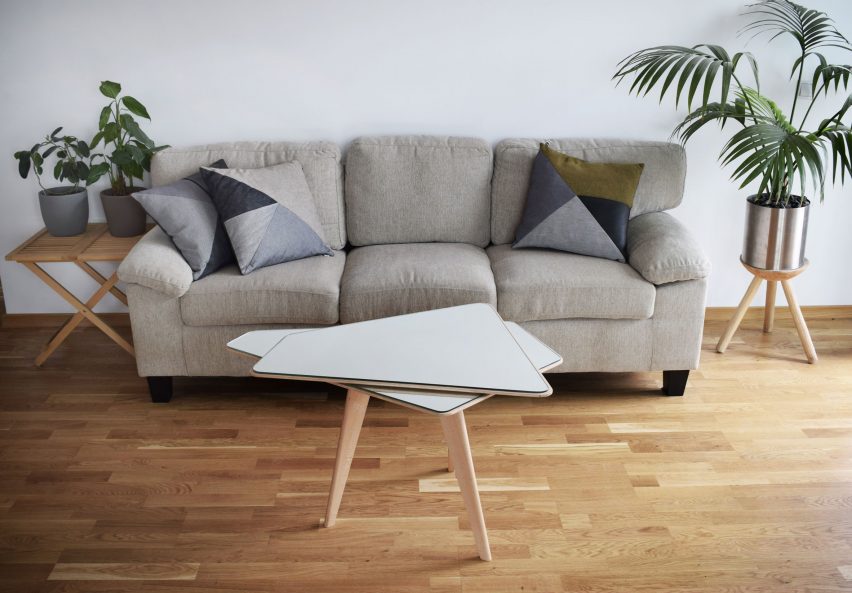
AM coffee table by Adrian Balcau
Product designer Adrian Balcau's AM coffee cable is a nod to midcentury-modern design. A self-confessed fan of the design movement, Balcau tries to create designs that combine minimalism, geometry and nostalgia. The table, which is made out of plywood and mirrors, is cut in asymmetrical forms inspired by American diner signs.